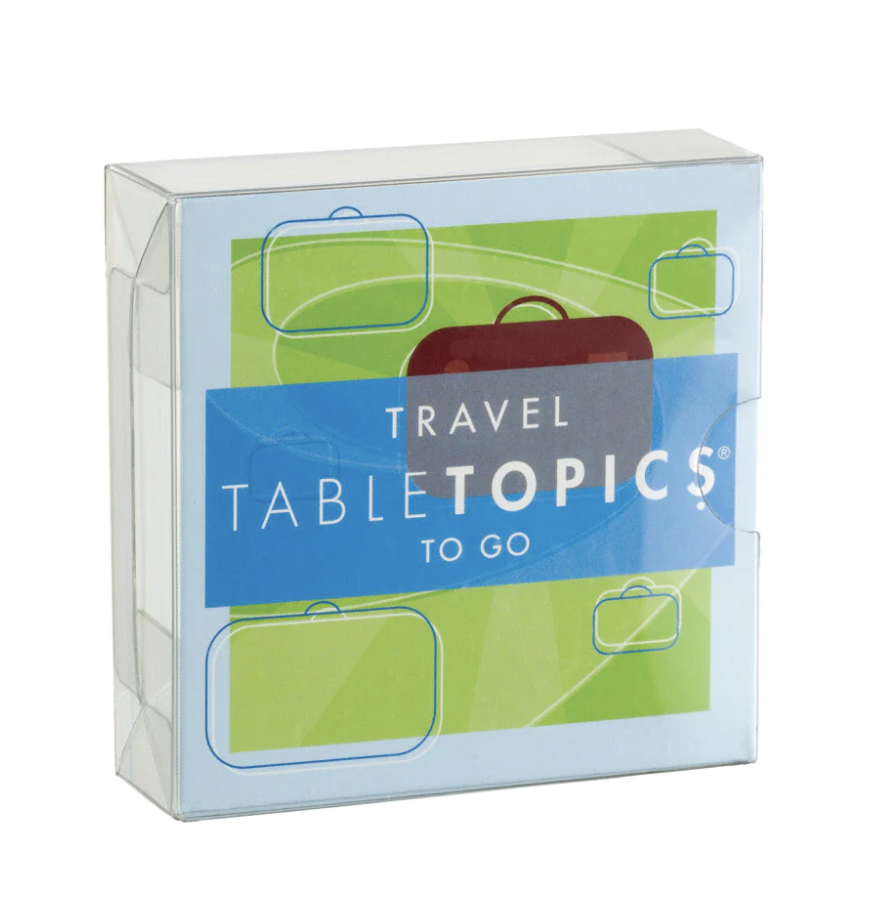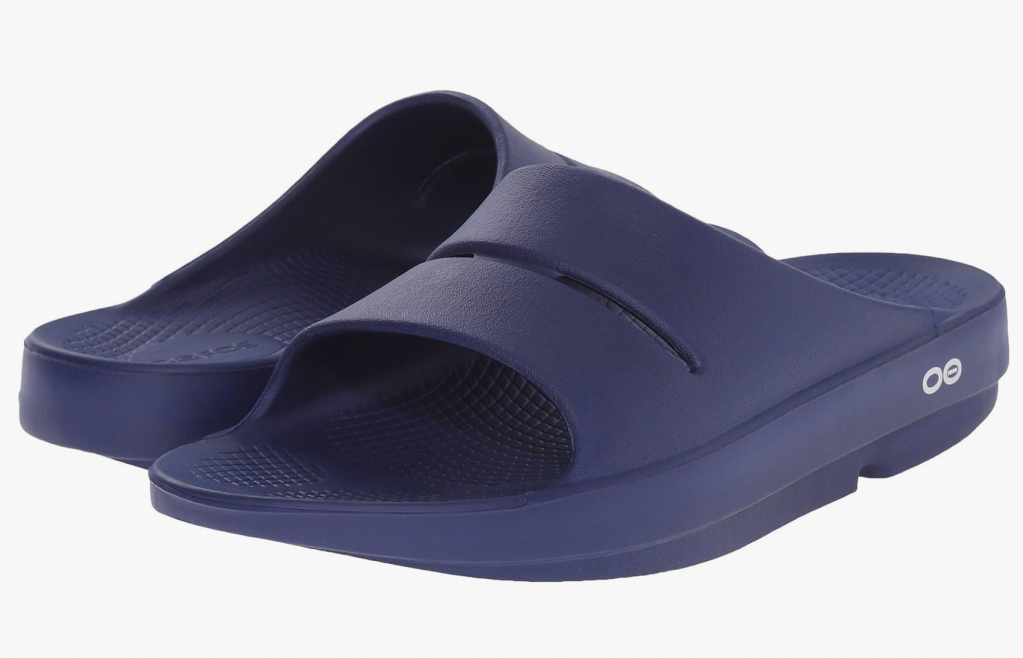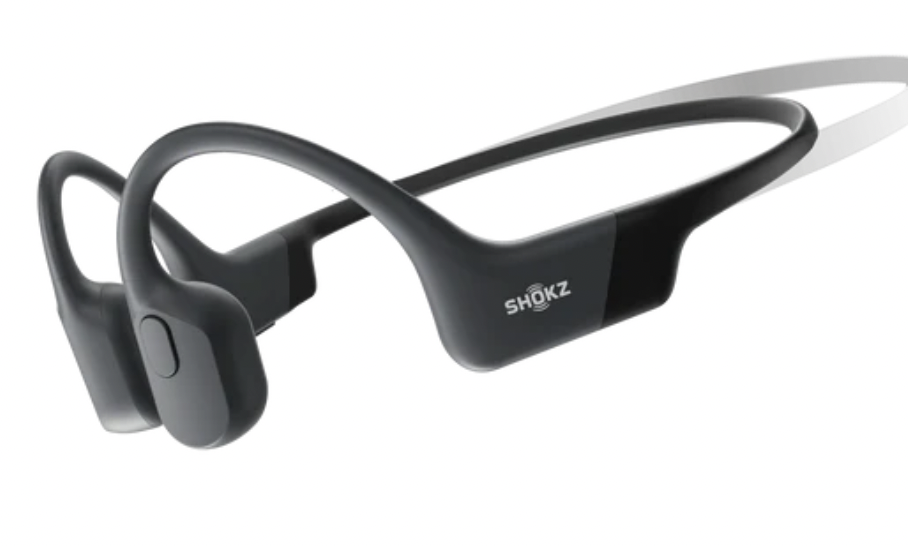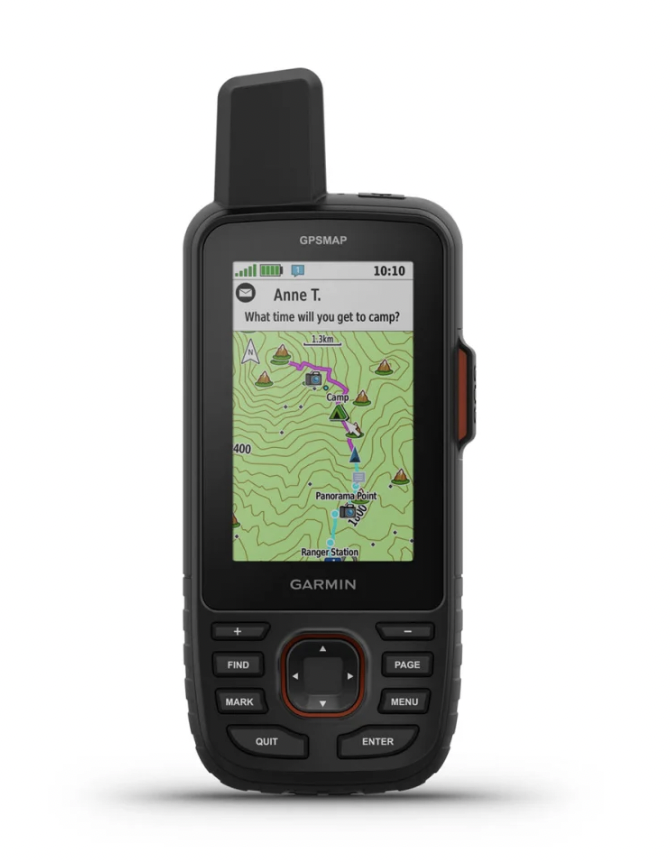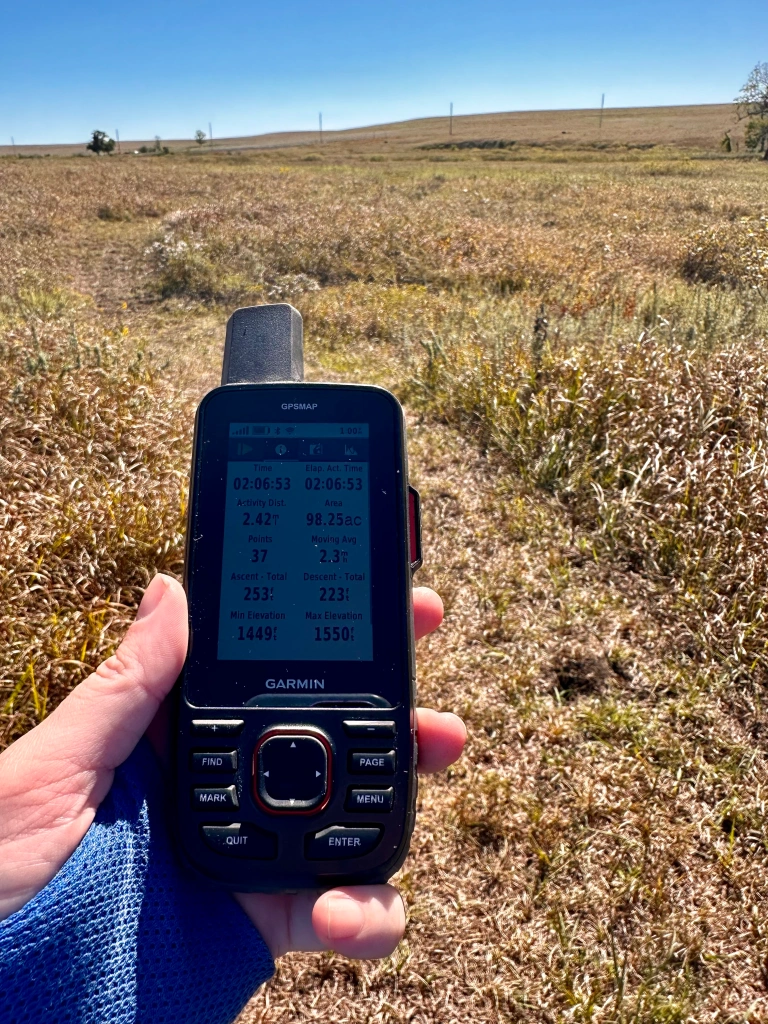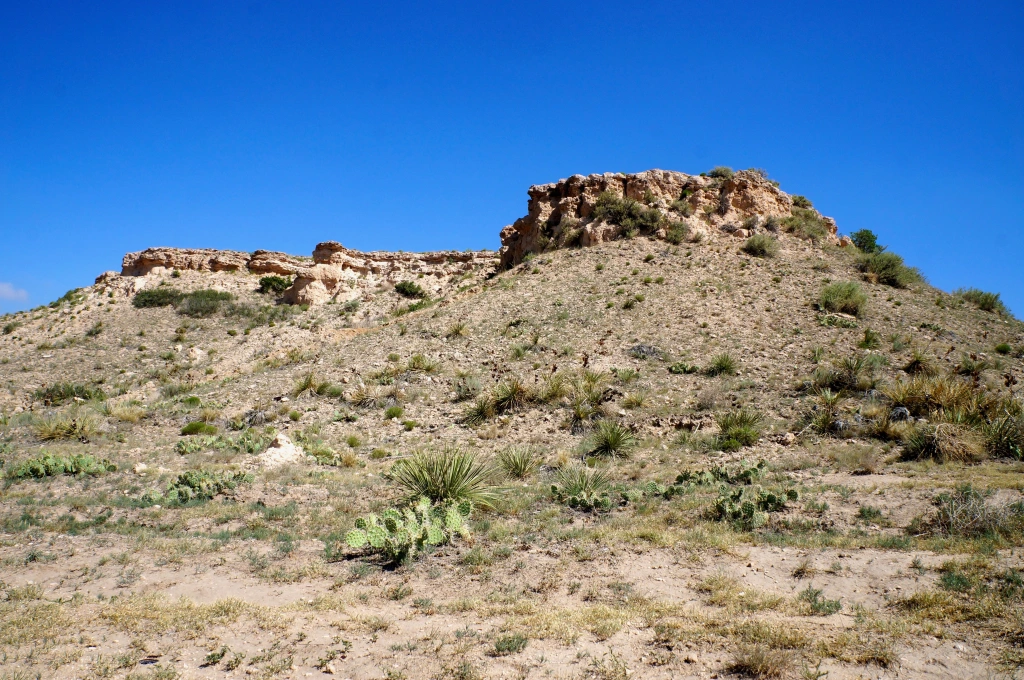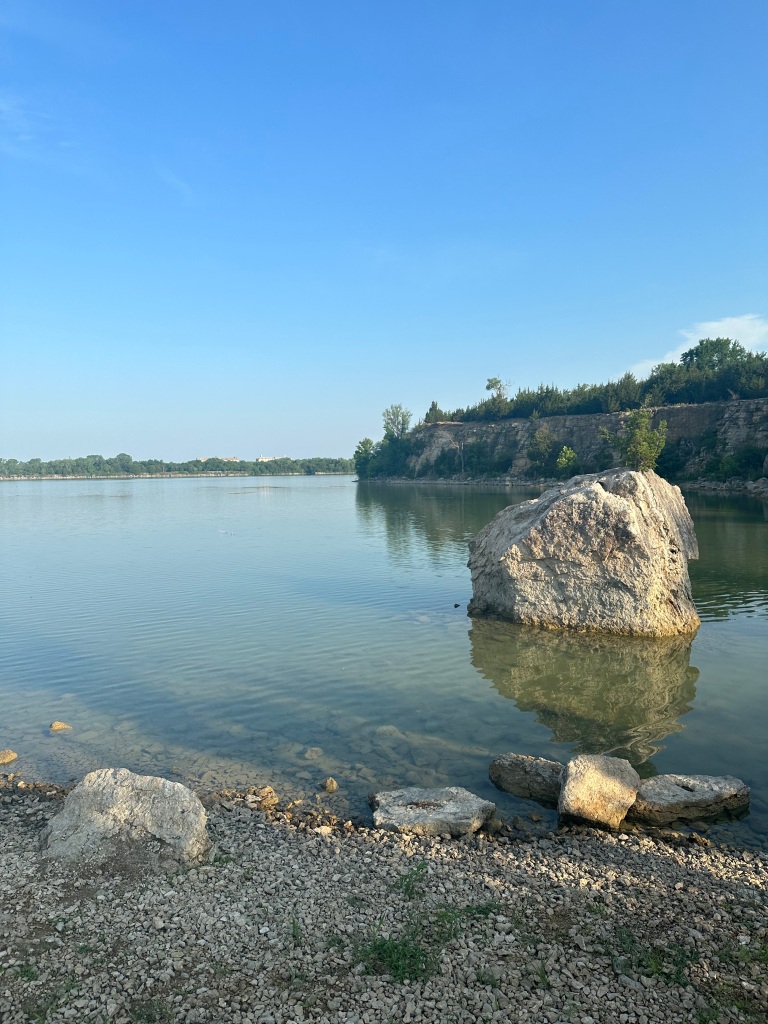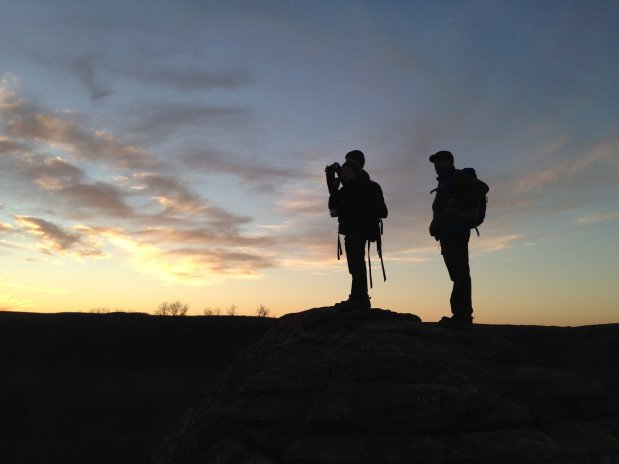The holiday season is upon us! If you’re looking for some last-minute stocking stuffers, perfect for the hiker, biker, and adventurer in your life, look no further than these five fantastic finds.
These are all things we’ve used and loved ourselves, so we’re confident that you (or whoever you gift them to) will enjoy them also!
*All prices accurate at the time of publication!*
TableTopics To-Go Set
TableTopics are sets of cards with conversation starter questions on them that will help you get to know your loved ones better. While you might assume based on the name that the best / only place to use them is gathered around, well, a table, we’ve found that they’re particularly great on road trips — even mini ones, like when you’re driving to and from your trailhead!
The classic tabletop set comes in a 4 x 4 x 4 inch plastic cube and have 135 questions designed to help spark quality conversations with themes like Family, Couples, Gratitude, and Dinner Party.
And the To-Go sets come with 40 cards in a 3 x 3 x 1 inch. It’s the perfect size for putting in your glove box, and perfect for fitting in a stocking! We’re fans of their Travel To-Go set, with questions like “what’s the first thing you do when you get home from a trip?” and “which region of the country has the best food?” As for our answer to the last one —we think Kansas City barbecue is at least a top three! The other to-go sets include themes like Road Trip, Kids, Pets, and Not a Chance.
Tabletop sets: $25. To-Go sets: $9.
Apo.Ge Botanical Relief Balm
Hydration is key when you’re hiking and backpacking, but it’s not just about drinking enough water. You should also consider how you’re hydrating your skin. Keeping your skin healthy and moisturized will help keep you comfortable on the trail — sun and wind can all dry out your skin and leaving it feeling tight and irritated. We are big fans of Apo.Ge, which makes their products using manuka honey and hemp.
They have a range of products, including face creams and cleansers. If you want to try a little bit of everything from their line, The Discovery Set includes travel sizes of their Clarifying Milk Cleanse, Deep Hydration Face Cream, Renewing Night Elixer, and Botanical Relief Balm.
Our favorite Apo.Ge product is their Botanical Relief Balm, which we’ve used to soothe wind-burned and sunburned skin and as a salve for sore muscles. It’s especially nice to rub into your feet after a long hike. It leaves skin feeling silky and smooth. Bonus! The products come in plastic-free containers that can be easily recycled or reused.
$52.
OOFOS slides
OOFOS shoes are designed for active recovery, reducing the impact felt in your feet by more than 1/3. If your feet hurt at any point during your day, whether it’s from a big day out on the trails to any lingering injuries or soreness, like plantar fasciitis, these sandals are pretty much guaranteed to make your feet feel better.
While they have shoes, which aren’t so much stocking stuffer size, we could see a pair of their flip flops or slides fitting into a Christmas stocking easily. They come in a range of colors, and they are an absolute game changer when it comes to keeping you on your feet. Try and find a more comfortable sandal, we’ll wait!
Garmin GPSMAP 67i
Record all your trail activity or just keep track of where you are with the. It is a high-end, handheld GPS device with two-way messaging and SOS service options, particularly good if you’re out on your own and want to be able to call for help in the case of an emergency.
It’s got a color screen, great battery life, integrated flashlight, and it comes preloaded with topographic maps, with the option to add more detailed maps. Read our complete review of the Garmin GPSMAP 67i here.
Shokz OpenRun Mini Headphones
A few disclaimers before this next gift recommendation. It is absolutely not OK to play music on the trail that anyone else can hear, as amazing as you think your music choices are — getting out on the trail is a time to enjoy the natural world around you, and you shouldn’t be interrupting someone else’s enjoyment of the outdoors. And if you’re out on the trail with friends, it’s a great time to catch up, and then there are some people who really want take their time on the trails to finally have a chance to enjoy quiet and solitude.
All of that being said, some people like to listen to music or podcasts as they’re out on the trails. It can be particularly nice (again, for some) if you’re working on cranking out mileson a particularly long trail – like if you’re trying to thru-bike the Flint Hills Nature Trail.
We don’t want to judge anyone for doing that (and we don’t want anyone else to in the comments), and we’ve found for those who want to combine listening to music while also having situational awareness, Shokz OpenRun Headphones are the way to go. They work by using bone conduction, so your ears are kept open, allowing you to hear other trail users coming up behind you or from around corners. They have a long battery life with solid sound quality, and they’re lightweight and waterproof.

